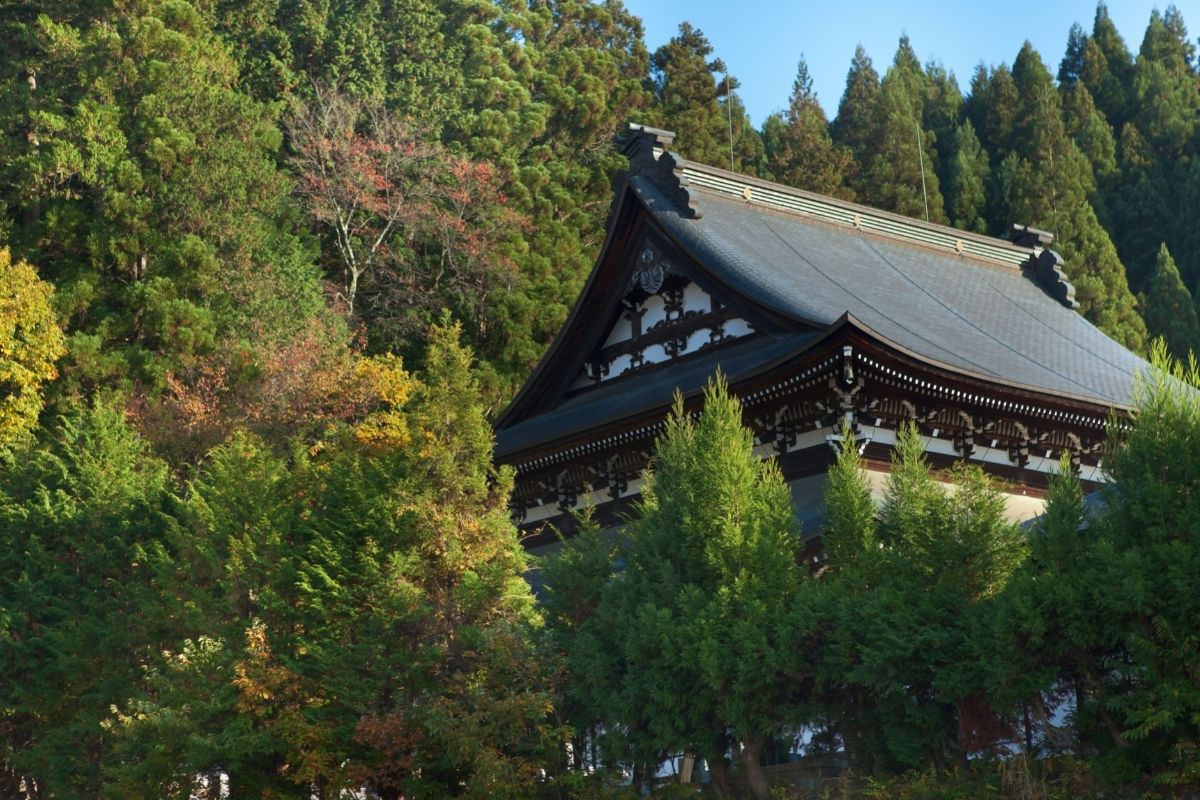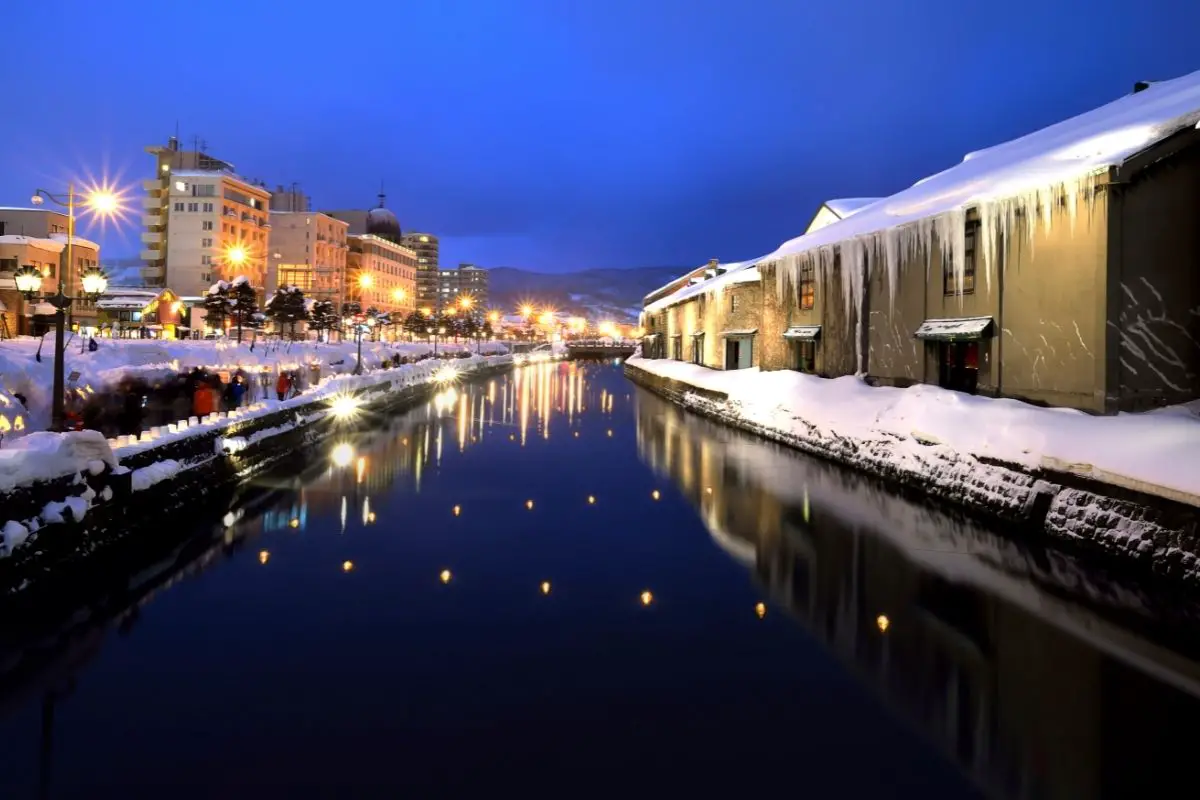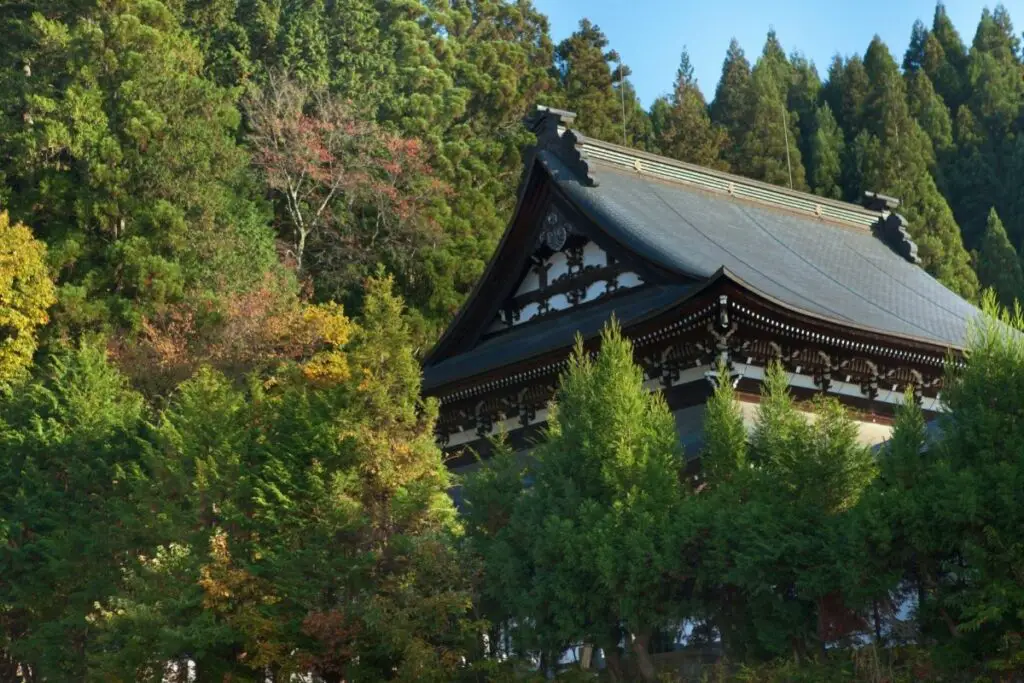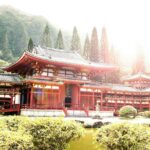If you have ever planned to visit Japan, or have ever heard the words prefecture and ward mentioned in Japanese film and anime, there’s a good chance you have wondered what these mean.

Not every country uses prefectures and wards to designate certain areas, so it is also pretty common to not have an idea about what these are.
So, what’s the deal with prefectures in Japan? How many prefectures are there in Japan? And how big is a prefecture?
In this simple guide, we explain what prefectures are in Japan, the difference between prefectures and cities, and what wards are.
Simply read on for all the answers.
What Are Prefectures?
Put simply, prefectures in Japan are districts. These prefectures subdivide Japan, and are further subdivided into municipalities.
Tokyo, the capital of Japan, is one of Japan’s many prefectures. Other famous locations in Japan that are prefectures include Chiba, Hiroshima, Kagawa, Kanagawa, Kyoto, Nagasaki, Okinawa, and Osaka.
Each prefecture in Japan has an elected governor. Ultimately, just like any country, subdividing the country into prefectures helps to govern each area on a more regional level.
Japan was divided into prefectures in the 1800s, during what is known as Japan’s Meiji period.
Are Prefectures In Japan Like States?
In terms of how Japan is geographically subdivided, prefectures are much like the fifty states of America. American states are divided into counties, which can be likened to the municipalities of Japan.
Despite this, Japan’s prefectures are not individually governed in the same way as states are governed in America. American states have their own laws, known as state law, despite these being close to federal law. Japan, however, is a unitary state.
How Many Prefectures In Japan?
So, how many prefectures are there in Japan?
The answer is there are 47 prefectures in Japan.
These prefectures subdivide Japan across eight regions: Chubu, Chugoku, Hokkaido, Kanto, Kinki, Kyushu, Tohoku, and Shikoku.
Some of the most well-known prefectures in Japan include Tokyo, Hiroshima, Kagawa, Kanagawa, Kyoto, Nagasaki, Okinawa, and Osaka.
Prefectures are subdivided into municipalities. There are a total of 1719 municipalities in Japan, divided into four types: cities, towns, villages, and special wards.
What Is The Largest Prefecture In Japan?

By area, the largest prefecture in Japan is Hokkaido. Hokkaido is one of Japan’s eight geographical regions, but it is also one of its prefectures.
Following Hokkaido, the largest prefectures (with an estimated total area of more than 10-million square kilometers) are Iwate, Fukushima, Nagano, Akita, and Niigata.
In terms of population, the largest prefecture in Japan is Tokyo, with a population of over 13 million. After Tokyo, the most populous prefectures in Japan are Kanagawa, Osaka, Aichi, Saitama, and Chiba, all of which have a population of more than 6 million people.
What Is The Smallest Prefecture In Japan?
By area, the smallest prefecture in Japan is Kagawa. This is followed by Osaka, Tokyo, Okinawa, Kanagawa, and Saga, which all have an estimated area of less than 3000 square kilometers.
As for population, the least populated prefectures in Japan are Tottori, Shimane, Kochi, Tokushima, Fukui, Saga, Yamanashi, Wakayama, and Kagawa, all of which have a population of fewer than one million people.
How Many Cities Are There In Japan?
There are 780 official cites in Japan. These are also further divided into designated cities, core cities, special cities, and special wards.
The “major” cities in Japan, based on having the highest populations, are Tokyo, Yokohama, Osaka, Nagoya, Sapporo, Fukuoka, Kawasaki, Kobe, Kyoto, Saitama, Hiroshima, and Sendai, Chiba, and Kitakyushu, all of which have a population of over one million.
Tokyo, although commonly being labeled as a city (due to its history), is actually a prefecture. Despite this, it is categorized as a city made up of special wards, of which there are 23 in total. Tokyo has a total population of almost fourteen million people.
Based on area, the ten largest cities in Japan include Takayama, Hamamatsu, Nikkö, Kitami, Shizuoka, Kushiro, Tsuruoka, Shöbara, Toyama, and Iwaki.
The 20 designated cities of Japan are Chiba, Fukuoka, Hamamatsu, Hiroshima, Kawasaki, Kitakyushu, Kobe, Kumamoto, Kyoto, Nagoya, Niigata, Okayama, Osaka, Sagamihara, Saitama, Sakai, Sapporo, Sendai, Shizuoka, and Yokohama.
How Many Wards Are In Japan?
What are wards? And how many wards are there in Japan?
These are commonly asked questions about Japan, especially Tokyo. And it makes sense considering wards are not used in every country.
Put simply, wards are subdivisions of Japan’s cities (see also ‘Best Cities In Japan‘). And, in total, there are over 170 wards in Japan, not including the special wards of Tokyo.
Wards, in Japanese, are called ku, although this is not typically used to refer to Tokyo’s special wards.
The ten largest wards in Japan, by overall area, are Aoi, Tenryü, Minami, Kita, Asakita, Aoba, Kita, Ukyö, Shimizu-ku, and Midori.
How Many Wards Are There In Tokyo?
Wards in Tokyo are called special wards, as well as the Wards of Tokyo Metropolis.
In total, there are 23 special wards in Tokyo. In terms of definition, there is no difference between wards and the special wards of Tokyo. Tokyo’s wards are called special wards due to each having a city-level population.
Listed, the 23 special wards of Tokyo include Chiyoda, Chüö, Minato, Bunkyö, Taitö, Sumida, Kötö, Shinagawa, Meguro, Öta, Setagaya, Shibuya, Nakano, Suginami, Toshima, Kita, Arakawa, Itabashi, Nerima, Adachi, Katsushika, and Edogawa.
Among the most highly populated of Tokyo’s special wards are Setagaya, Nerima, Öta, Edogawa, Adachi, Suginami, Itabashi, and Kötö.
Frequently Asked Questions
What Are The Main Prefectures Of Japan?
Based on population and tourism, the main prefectures of Japan are Tokyo, Chiba, Osaka, and Kyoto, along with Hokkaido, Aichi, Fukuoka, Nara, and Kanagawa. As for the largest prefectures of Japan, these are Hokkaido, Iwate, Fukushima, Nagano, Akita, and Niigata.
How Is Tokyo Divided Up?
Tokyo, Japan’s capital, is a large urban metropolis divided into municipalities, cities, special wards, towns, and villages. Tokyo has 62 municipalities, 26 cities, 23 special wards, 5 towns, and 8 villages.
Is Tokyo A City Or A Prefecture?
Although internationally recognized as a city due to being the capital of Japan, Tokyo is more accurately a prefecture of Japan, also called Tokyo Metropolis and Greater Tokyo. Tokyo was called Tokyo City up until 1943, after which it became a prefecture.
Conclusion
In short: there are a total of 47 prefectures in Japan. Some of the most well-known prefectures in Japan include Tokyo, Osaka, Okinawa, Chiba, Hiroshima, Kagawa, Kanagawa, Kyoto, Nagasaki, Aichi, and Saitama.
Prefectures divide Japan’s eight regions, Chubu, Chugoku, Hokkaido, Kanto, Kinki, Kyushu, Tohoku, and Shikoku. Prefectures are subdivided into municipalities, which are further subdivided into cities, towns, and villages, as well as the 23 special wards of Tokyo.









